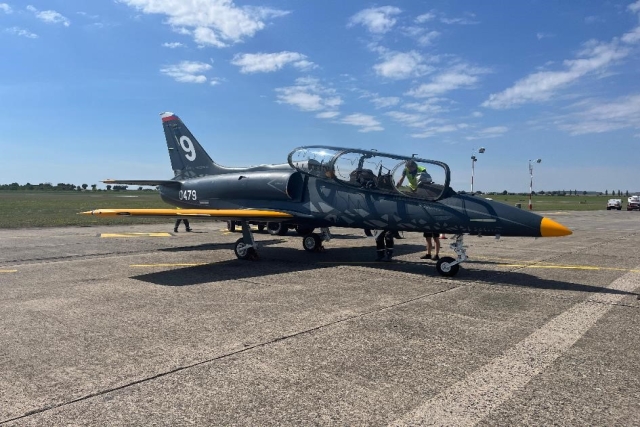Technology To Shape Night Vision Equipment Procurement

Tim White, Director, Communications Night Vision & Communications Solutions for Exelis
In an interview with Defenseworld.net, Tim White, Director, Communications Night Vision & Communications Solutions for Exelis talks about the conditions shaping the night vision market, target customers and the future of night vision technology
DW : How different is night vision market now from 10 years ago?
Tim White: Ten years ago there was a large volume of production in the night vision market that was supporting the Iraqi and Afghanistan war efforts at that time. For US companies, the primary market was U.S. domestic supporting those forces involved in Iraq and Afghanistan. There was also a lot of defense investment at the time in both the U.S. and internationally, as the world economies were significantly different.
DW : What are the conditions shaping the night vision market?
Tim White: The markets continue to be shaped by the discrimination between Generation II and Generation III night vision technology, particularly in the area of low light environments instead of just complete darkness. Military customers such as India have publically noted their need for higher quality Generation III night vision capability that performs well in marginal and very low light environments. There are a number of manufacturers now and customers must discern the robustness and quality of these different suppliers, especially when evaluating over the performance lifecycle of the goggles.
DW : What do you foresee for the future given the current state of military budgets globally?
Tim White: Military budgets are being carefully managed in contracted economies. However, there is still strong demand for night vision equipment for military, paramilitary and police forces. Procurement sizes may be smaller and more carefully managed so buyers can achieve maximum value for their purchases.
DW : Night vision sales are picking up in Europe and the Middle East. Who are your largest customers in the region? And what kind of devices are they interested in?
Tim White: We sell to a significant number of important customers in both of those regions, but are unable to disclose many of the specific countries. Most recently we have been selling the i-Aware Tactical Mobility Night Vision Goggle (TM-NVG) with sales to Italy with other undisclosed countries interested as well.
DW : Who are your target customers in Asia? Are you pursuing any contracts there?
Tim White: We are unable to discuss specific target customers and contracts we may be pursuing.
DW : Night vision technology, according to research, is on the brink of moving away from analog to digital devices. What are your thoughts on this?
Tim White: While digital devices are attractive, the technology is not fully mature at this point. Digital can also be an aggressive consumer of power which is always an issue on the battlefield. Most governments are not inclined right now to spend limited investment resources in substantial amounts required for development in this area. In the near term, we do not foresee this capability being fielded in night vision devices.
DW : Can you elaborate on the i-Aware Tactical? Has it been field-tested yet?
Tim White: The i-Aware TM-NVG has been tested, sold and is now being deployed as part of the Italian Future Soldier System. The original contract was signed in April with deliveries already made and we are working toward future sales to this key customer.
DW : Can you tell us about Exelis’ other night vision research?
Tim White: We continue to conduct research in several areas that produce products that are being developed and delivered to customers. One recent product that we rolled out is the Individual Soldier System that integrates our i-Aware TM-NVG with our SpearNet radio. SpearNet is a mesh networking radio that has the capability to deliver large amounts of data making it ideal for moving data to and from night vision devices and/or to and from NVG devices to command and control elements. One example of its use may be to distribute imagery from a UAV overhead to Soldiers on the ground through the use of an image overlay to increase situation awareness for each Soldier. Imagery from an individual Soldier can also be fed back to command and control elements to provide a more complete picture of the battlefield.










